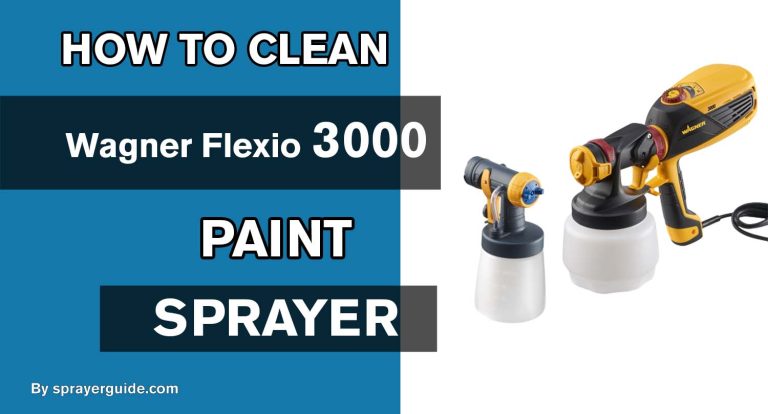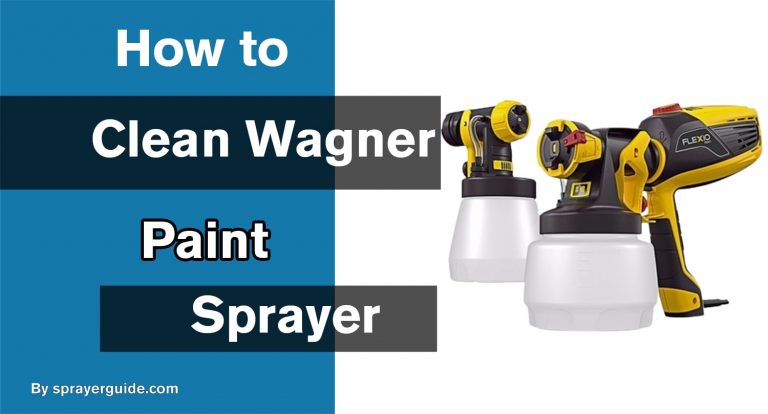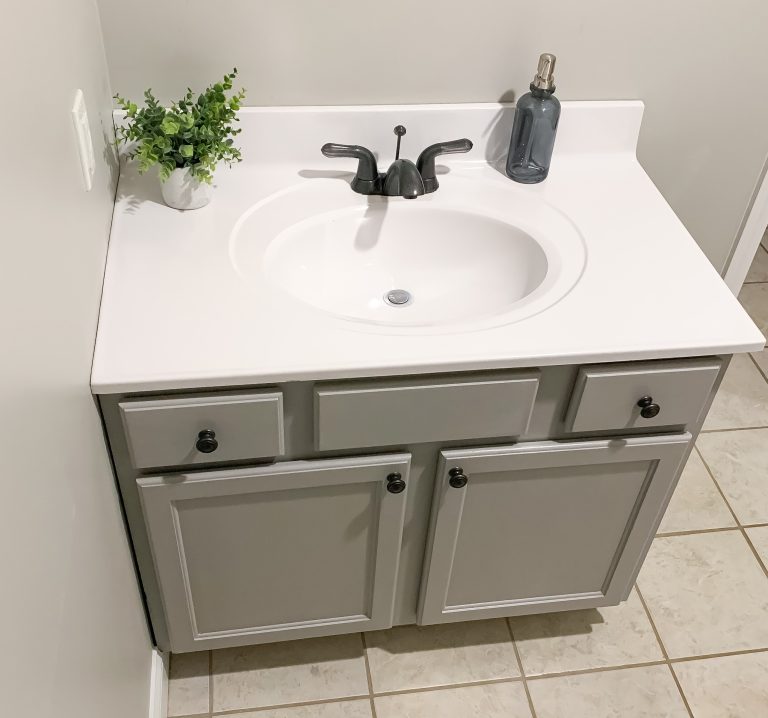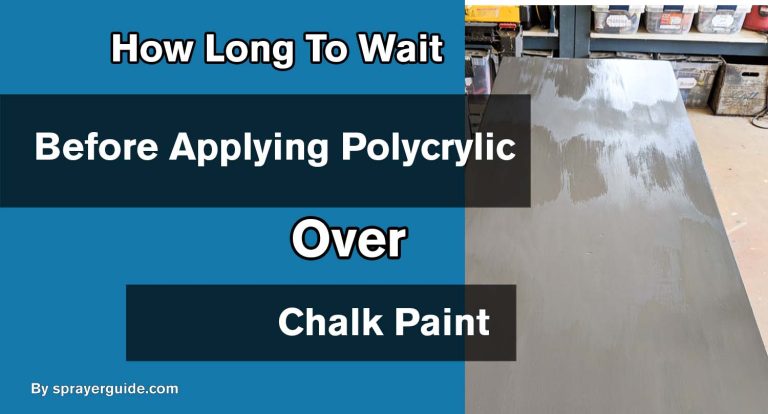Do you want to paint your next project quickly and easily? If so, whether you use a paint sprayer with or without air can make a big difference. Both options have different benefits in speed and ease of use, so knowing which would suit your needs is essential before you buy. This blog post will examine the differences between paint sprayers that use air and those that don’t. This will help you decide which one might be best for your project. Let’s start comparing, keeping this in mind.

What is an airless paint sprayer?
Painting is quick and cheap when you use a paint sprayer that doesn’t need air. With the help of a piston pump that makes a lot of pressure, it sprays a fine mist of paint on the surface. This means you don’t have to paint as many coats, and it takes less time, which is great for big projects like fences or walls. Because there is no air in the design, there is less overspray, which makes the device less messy and safer to use. With an airless paint sprayer, you don’t have to thin out thick materials like primers and sealers before using them. Because of all these things, airless sprayers are one of the most popular choices for professional and do-it-yourself painting jobs.
What is an air paint sprayer?
Air paint sprayers use electricity to spray paint on a surface. Parts of it include a motor, a compressor, and a nozzle. The motor makes air under pressure, forcing a fine paint mist out of the nozzle. This makes painting jobs go quickly and evenly cover large areas with little work. Air paint sprayers are often used to fix up cars, fix up homes, and make arts and crafts. They give you reasonable control when applying thin layers of material and can easily switch between different colors or materials with little cleaning time. Use an air paint sprayer to paint faster and more accurately than you could with a brush and roller.
Difference between air or airless paint sprayer:
- Airless sprayers use a piston to force paint through the nozzle, while air sprayers rely on compressed air.
- Airless sprayers produce a more consistent finish than air sprayers, producing less overspray and allowing for thicker layers of paint to be applied in one coat.
- Airless models are usually more expensive than air sprayers because they require high-pressure pumps and large hoses to pressurize the system.
- Air sprayer nozzles come in various sizes, which allow for precise control over the shape and size of the paint particles sprayed out of them, whereas most airless systems have larger nozzles that don’t provide as much control.
- Airless sprayers can handle thicker materials than air sprayers because they don’t rely on compressed air to atomize the paint particles.
- Airless sprayers require less maintenance than air sprayers as they don’t have any moving parts and are not subject to clogging or wear and tear due to air pressure changes.
- The finish created by an air sprayer is usually softer and smoother compared with an airless system which produces a more textured finish.
- The release of paint from an airless system is much faster than that of an air sprayer, allowing for quicker coverage of large areas such as walls or ceilings.
- Airless sprayers are louder than air sprayers due to their large pumps.
- Airless systems are better for outdoor use as the paint is less susceptible to wind, temperature, and humidity changes like those experienced outdoors. On the other hand, air sprayers can be used indoors in well-ventilated areas as they are not affected by atmospheric conditions.
Which Is Better, Air Or Airless Paint Sprayer
Depending on the job, you can use a paint sprayer with or without air. Air sprayers are great for making excellent finishes but don’t work well for protective coatings because they don’t transfer paint well. On the other hand, airless sprayers work faster and leave a better finish with thicker materials. Also, an airless sprayer has a bigger tip than an air sprayer, so it can cover a larger area in less time. Because of its high production rate and ability to get a high finish, air-assisted airless may be the best choice for jobs requiring a high finish with slight overspray. This is the most expensive type of sprayer, and you might not need it for smaller jobs. Look at the job to decide which type of paint sprayer will work best. If you don’t know what to do, ask a professional painter or contractor for help.
Benefits of using an airless paint sprayer
Superior Coverage:
Airless paint sprayers provide a more even coat of paint over any surface, reducing the number of coats needed to achieve full coverage and saving you time and money.
Fast Application:
With an airless sprayer, paints and other materials can be applied readily and evenly in minutes, covering large surfaces quickly with minimal effort.
Less Overspray:
An airless paint sprayer produces less overspray than a traditional brush or roller due to its precision application technique. This means there’s less cleanup time and less waste material afterward.
Durable Finish:
Paint applied through an airless sprayer will have a superior finish to a brush or roller. The paint is more resilient, and the result is far smoother.
Versatility:
Airless paint sprayers can be used on any painting surface, whether large or small, giving you greater project flexibility.
No Compressor Needed:
An airless paint sprayer does not require an additional compressor or other equipment, making it easy to set up and use whenever needed.
Easy Maintenance:
With minimal upkeep, airless paint sprayers are simple to maintain and keep in good condition over time.
High Pressure:
An airless paint sprayer’s high pressure delivers a constant amount of material per second, allowing you greater control over the thickness and finish of your paint.
Cost Effective:
Airless paint sprayers are more cost-effective in the long term than acquiring many brushes or rollers for significant tasks.
Quick Cleanup:
Cleaning up after painting is simple and quick using an airless paint sprayer. This saves you time and effort. As a result, they can be used for commercial and personal purposes.
Frequently Asked Questions:
The one that doesn’t need air is better in some ways than the other one. Sprayers that don’t use air work better and are stronger than those that do. That means they can get more done and do a better job in less time. Also, spraying things doesn’t need air pressure to break them into small pieces, so that they can be used with heavier things like latex paint.
Paint sprayers that don’t air can make surfaces look smooth and even inside and out. Paints and primers made with latex don’t work well with them because they are thinner. They are harder to put on and don’t protect as well.
Yes. When using an airless sprayer, consider what you spray and how thick it is. For example, atomizing some materials may work best with a larger tip or higher pressure setting. Also, when spraying, consider what safety steps you must take.
Depending on the brand and model, the price of an airless sprayer can vary. It costs more to buy a professional-grade unit than a consumer-grade one. Also, many companies offer rental options if you don’t need a paint-spraying solution that will last forever.
Paint sprayers that use air give a more even and smooth finish than those that don’t. Also, they need less pressure to atomize things, so they can be used with liquids that aren’t as thick. But thicker paints, primers, or an airless system can’t be used to spray these materials because they need forced air.
Yes. You must keep the same distance from the surface to get the best results from a paint sprayer that uses air. Users should also keep their hands away from the nozzle to avoid hurting themselves. Last, the correct tip size and pressure settings for spraying paint or primer are essential to ensure it goes on evenly.
Conclusion:
Lastly, the person who will use the paint sprayer must choose between those that use air and those that don’t. Traditional paint sprayers that don’t use air are less powerful and cover less area in less time than airless sprayers. But they cost more, make more noise, and weigh more. Devices that use compressed air are easy to keep up, clean, and shine. Before picking one, users should think about what they need. When customers look at the crucial criteria, they can choose the unit that best fits their needs.
Read More:
- How Long Does Primer Spray Paint Take To Dry
- How To Spray Paint Wood Chairs
- How To Thin Water-Based Paint For Roller
- How Long Does Spray Paint Take To Dry Metal
- Is It Better To Spray Or Roll the Interior Paint
- Does A Paint Sprayer Use More Paint Than A Roller
- How To Thin Water-Based Paint For Spraying
- How To Clean Wagner 350 Paint Sprayer
- How To Paint A Textured Ceiling With A Roller
- Which Is Better, Air Or Airless Paint Sprayer
- How To Use Hvlp Spray Gun
- How Long Does Spray Paint Take To Dry On Cardboard
- Graco Magnum Prox17 VS X5






